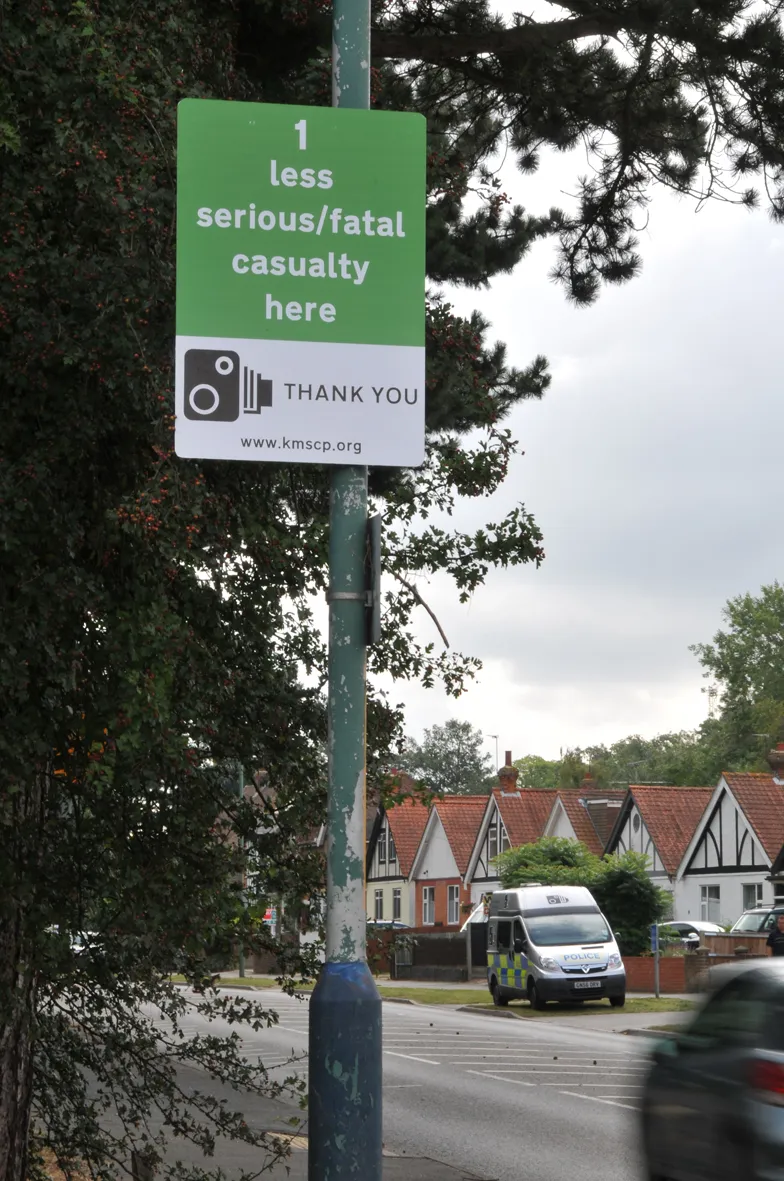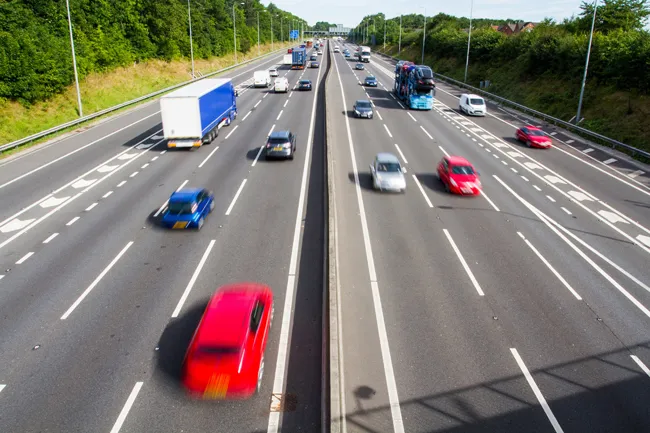
Halving the number of deaths on Europe’s roads by 2020 is not likely to be achieved, according to the
The 28 members of the
The European Commission has just published data showing that deaths on EU roads fell by only 2% last year, following a similar decrease in 2016 and a 1% increase in 2015.
“For four years in a row, the European Commission has announced poor results on road safety,” said Antonio Avenoso, executive director of ETSC. “There has been almost no new EU action on concrete policy measures to combat the scourge of road deaths and injury. The time for action is long overdue.
“ETSC is eagerly awaiting for the Commission to come forward with a package of long-awaited road safety legislation. We are calling for safer vehicle standards such as mandatory fitment of automated emergency braking and intelligent speed assistance, better infrastructure safety rules and a solid framework for the safe rollout of automated driving within weeks not months,” he said.
“It’s also time to see a new long-term plan for the next decade with a clear strategy for halving the number of people that die or are seriously injured on our roads every week.”
The data shows that 25,300 people lost their lives on EU roads last year and many more were left with life-changing injuries. “Road safety is of course a responsibility shared with the member states, but I believe that the EU can do more to better protect Europeans,” said Violeta Bulc, the European Commission’s Commissioner for Transport.
“The Commission is working on a series of concrete measures that we plan to announce in the coming weeks. The ambition is clear: saving more lives on our roads."
The Commission also noted that with an average of 49 road fatalities per one million inhabitants, European roads remained by far the safest in the world in 2017.
The best records per million inhabitants, Sweden had 25 deaths, the UK had 27 and the Netherlands 31 and Denmark 32. Compared to 2016, the countries that showed the best improvements were Estonia whose fatalities dropped 32% and Slovenia with 20% fewer deaths. Only Romania and Bulgaria recorded a fatality rate higher than 80 deaths per million inhabitants.
Laurianne Krid, a director general with FIA – Federation Internationale de l’Automobile, based in Paris – welcomed the decrease of 2% of road fatalities last year. However, more needs to be done.
“With the revision of the General Safety Regulation, the Commission has an opportunity to make live-saving vehicle technologies mandatory. We must ensure that these new technologies have a track record of effectiveness. Autonomous emergency braking is one such technology that should be made standard,” she said.






